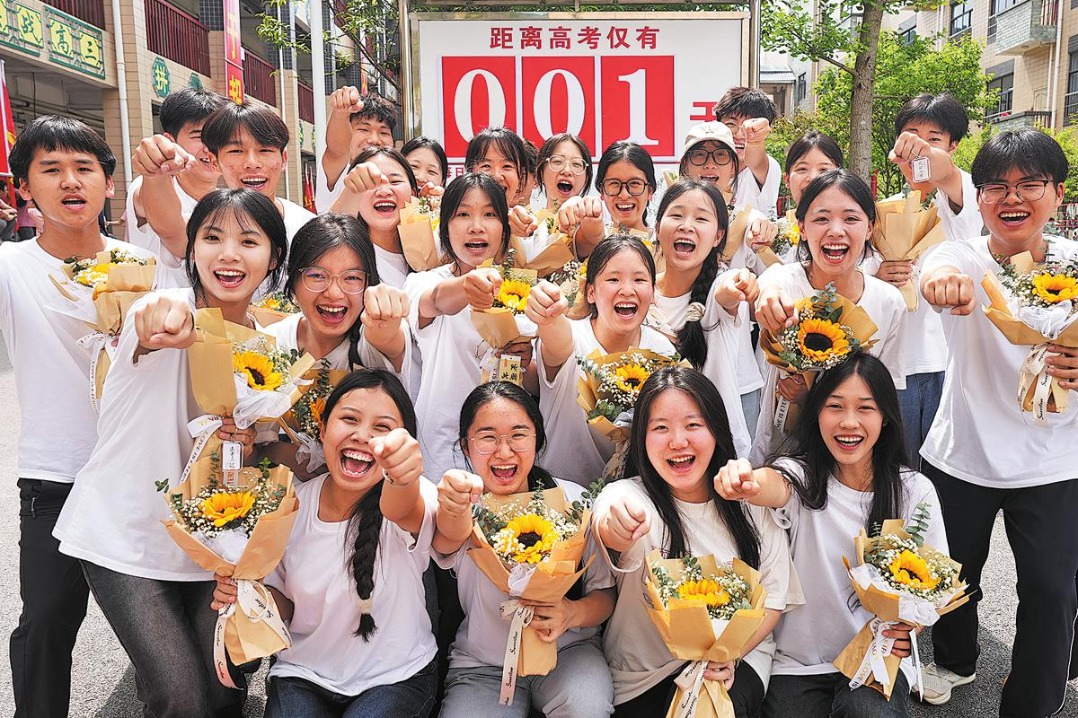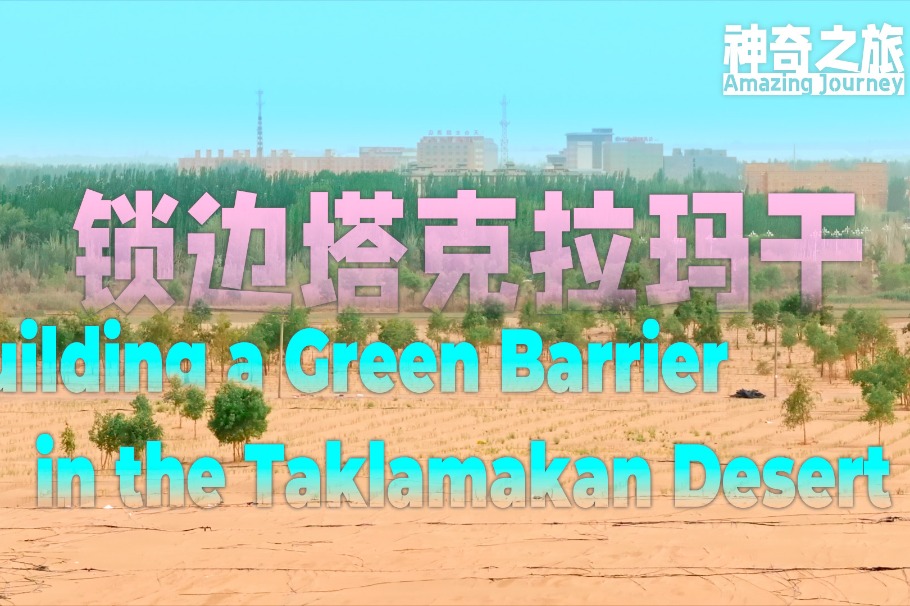Unlike official US stance, more Americans back China's role


Americans are feeling more positively toward China a year after Donald Trump became the US president, with 53 percent of them saying they have a favorable opinion of China, the highest in nearly three decades, according to the latest Gallup World Affairs survey.
Impressed by the Gallup poll, which was conducted in February, Chinese Foreign Minister Wang Yi cited its results at his press briefing on Thursday on the sidelines of the annual session of China's top legislature in Beijing.
"Cooperation is the main thrust of China-US relations. Our people enjoy close and extensive exchanges," Wang said. "I hope people will pay more attention to such positive things," he added.
It seems the favorable rating for China will rise further in the years ahead, because despite the hyping up of the "China threat" theory in US media and the branding of Beijing as a "rival" by the White House, China's image in the US has not suffered. The number of people seeing China more positively has risen 3 percentage points from last year, according to the 2018 Gallup poll.
Why is there such a gap between the views of the White House and the US public?
"What is that the (US) mayors and governors want? They want Chinese students, they want Chinese tourists, they want Chinese investment, they want a Chinese company to come and rescue the steel mill that's in town that might otherwise close," said Frank Wu, a professor at the University of California's Hastings College of Law.
"So you can simultaneously have incredibly harsh, the most negative rhetoric emanating from Capitol Hill that does not match with the sentiment of the average person on the street, or of politicians who are seeking investment," Wu said at a discussion at the Brookings Institute on Wednesday in response to my question.
For long, the rising economic clout of China has been perceived as a threat to the US. There is, however, a silver lining. While according to the Gallup polls in 2013 and 2014, 52 percent of the Americans said the economic power of China posed "a critical threat" to the US' vital interests, the percentage has dropped to 40 percent now.
Wang Yi further assured the US citizens that China has no intention of displacing the US in terms of its global role, stressing that any competition between the two sides should be healthy and positive, and they should strive to be partners instead of rivals.
Apart from bilateral trade, closer contacts between the peoples will also help US and Chinese nationals to better understand each other's country. At the first US-China Social and Cultural Dialogue in Washington in September, US Education Secretary Betsy DeVos said the country is sending 14,000 American students to China for educational opportunities annually.
This, to some extent, is an expression of friendship toward China by the American people. The same is true of the 350,000 Chinese students studying in the US.
Domestically, Richard Larsen, US Representative for Washington's 2nd congressional district, urged the US to increase the number of students learning Chinese, as "there are an estimated 300 million English language learners in China" but "only 1.6 million Americans identifying themselves as Chinese language speakers in the last census", he said at the Brookings discussion.
During the Chinese New Year celebrations at the John F. Kennedy Center for the Performing Arts in February, I witnessed firsthand how eager Americans were to better understand China through cultural activities. And an estimated 10,000 people attended the Chinese Family Day on Feb 17 at the Kennedy Center, where children and their parents were fascinated by Chinese folk dance, acrobatics, and shadow puppetry. And many lined up to get a chance to learn the arts of calligraphy, paper umbrella coloring, and red lantern making.
Policymakers of both countries should take advantage of and help maintain the trend of rising favorability toward China, in order to improve overall bilateral ties.
The author is deputy editor-in-chief of China Daily USA.
huanxinzhao@chinadailyusa.com


































